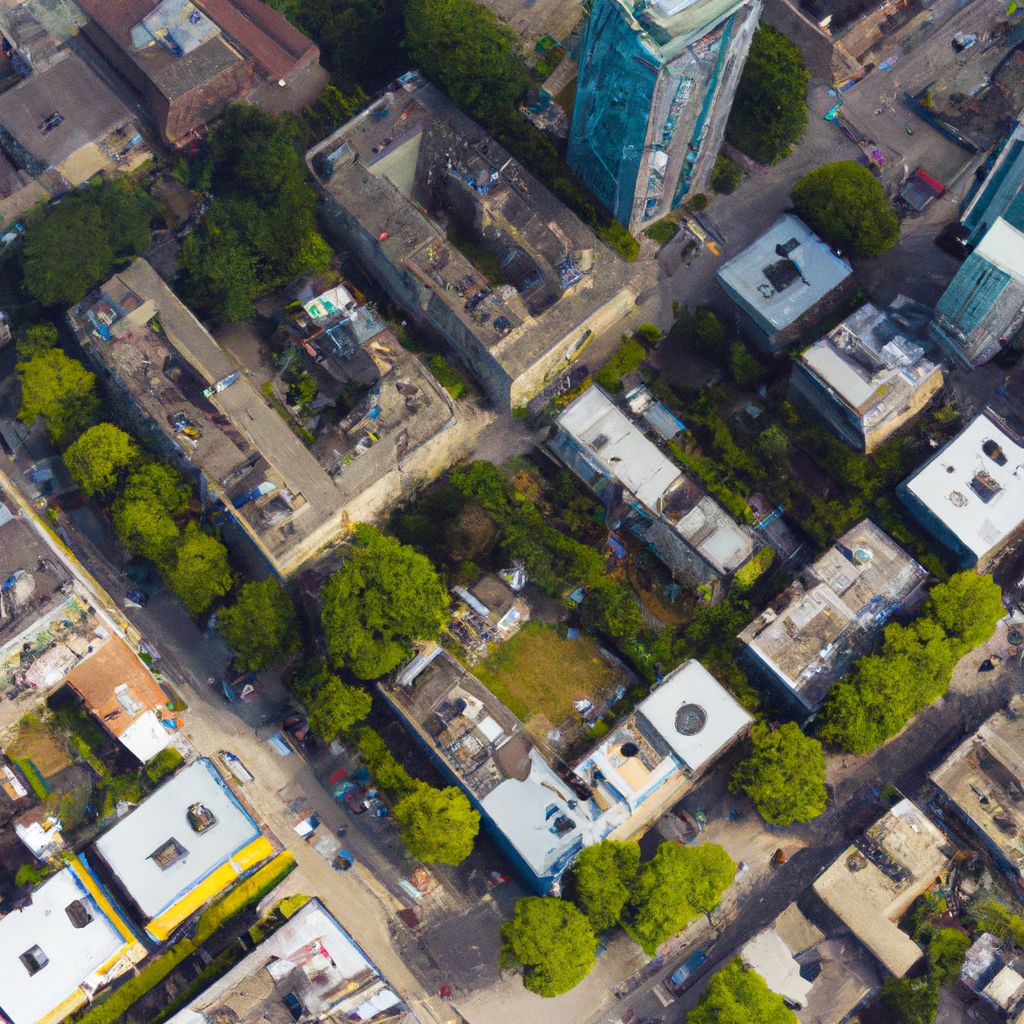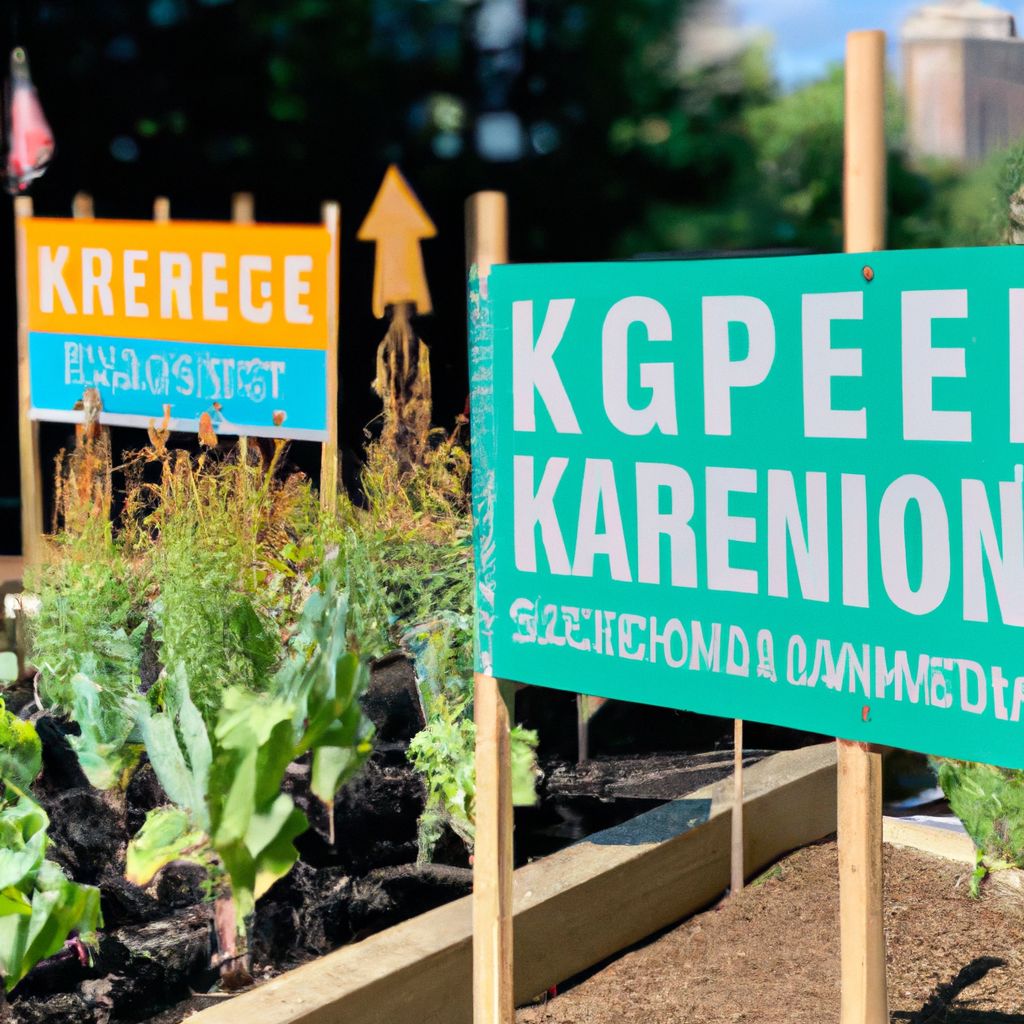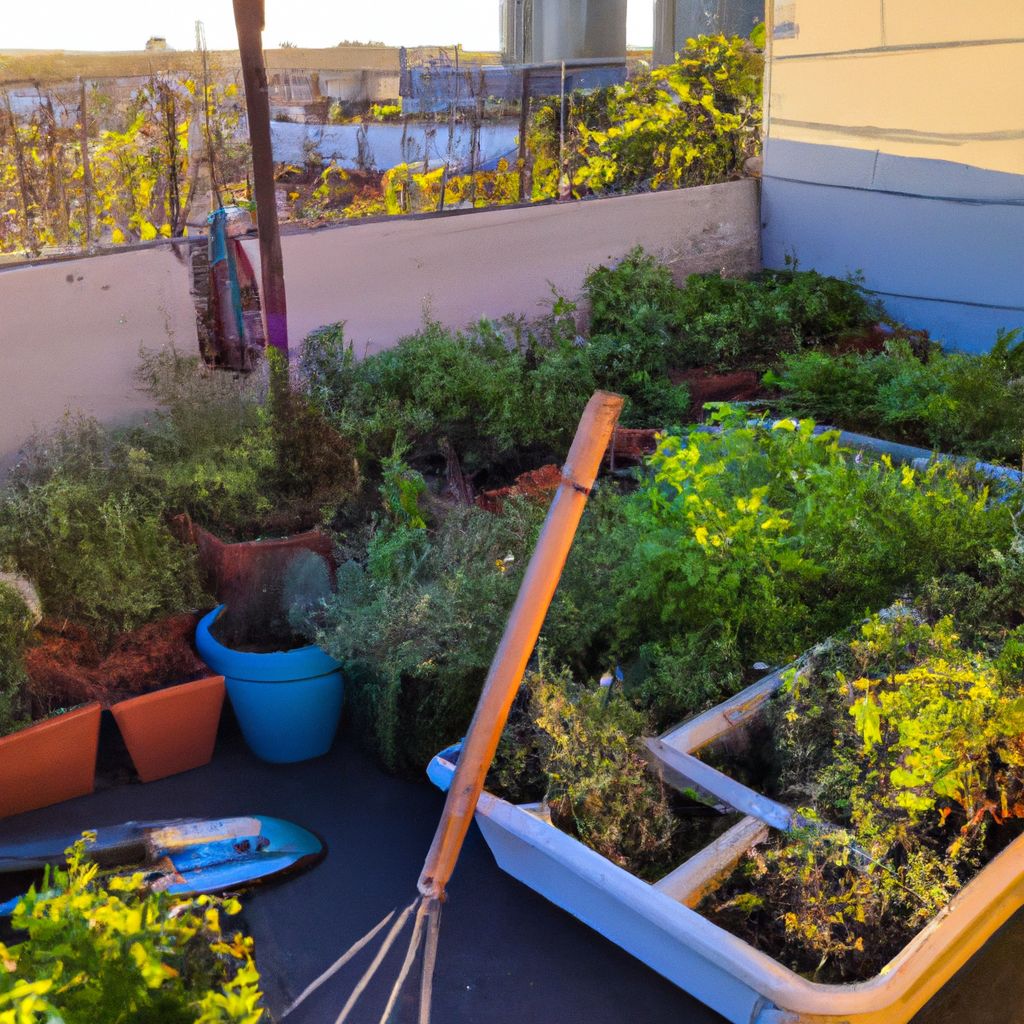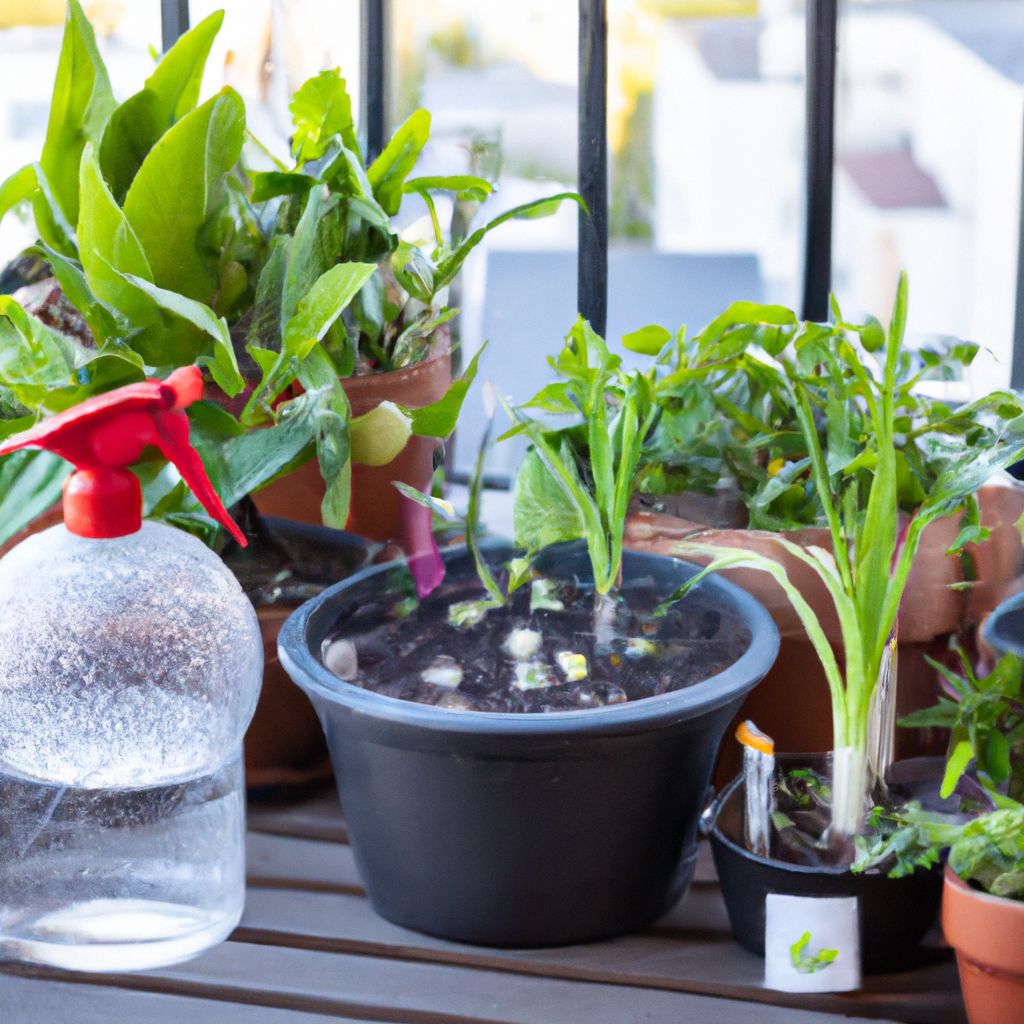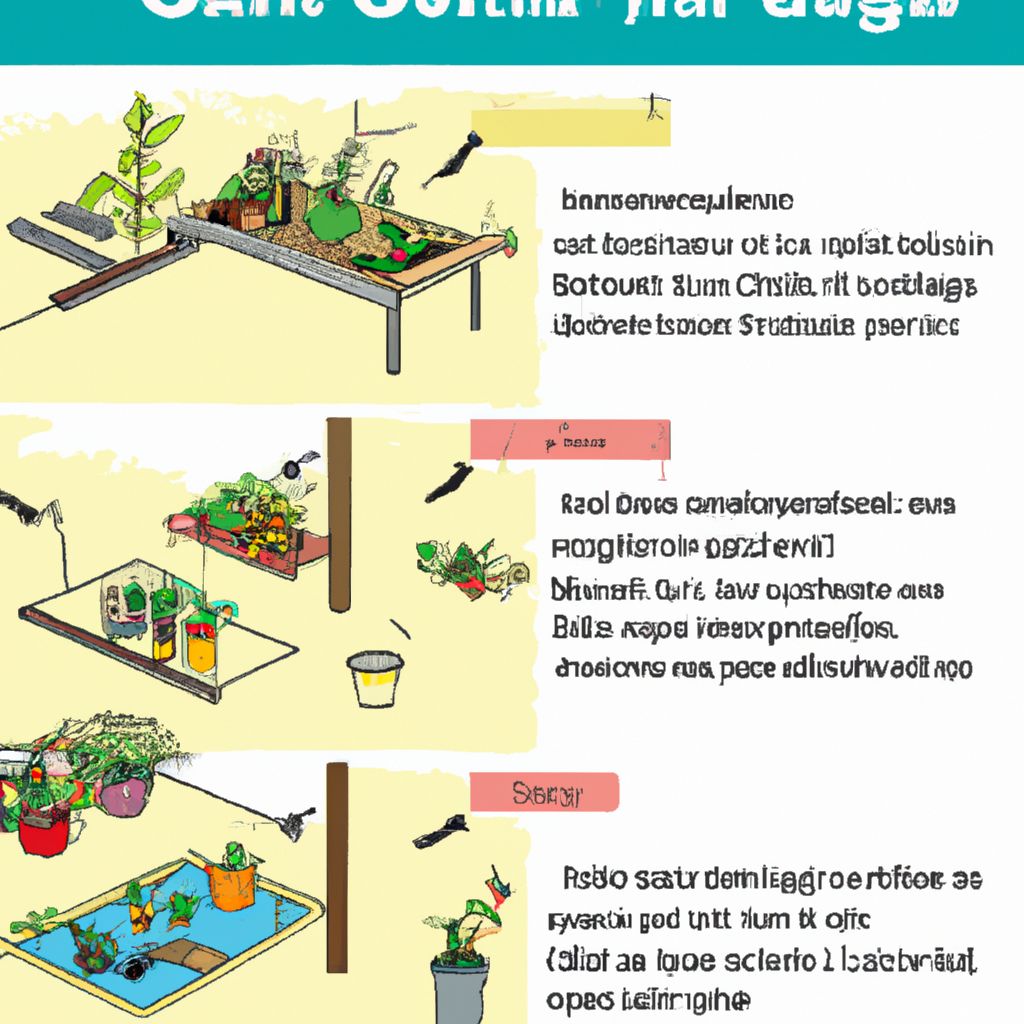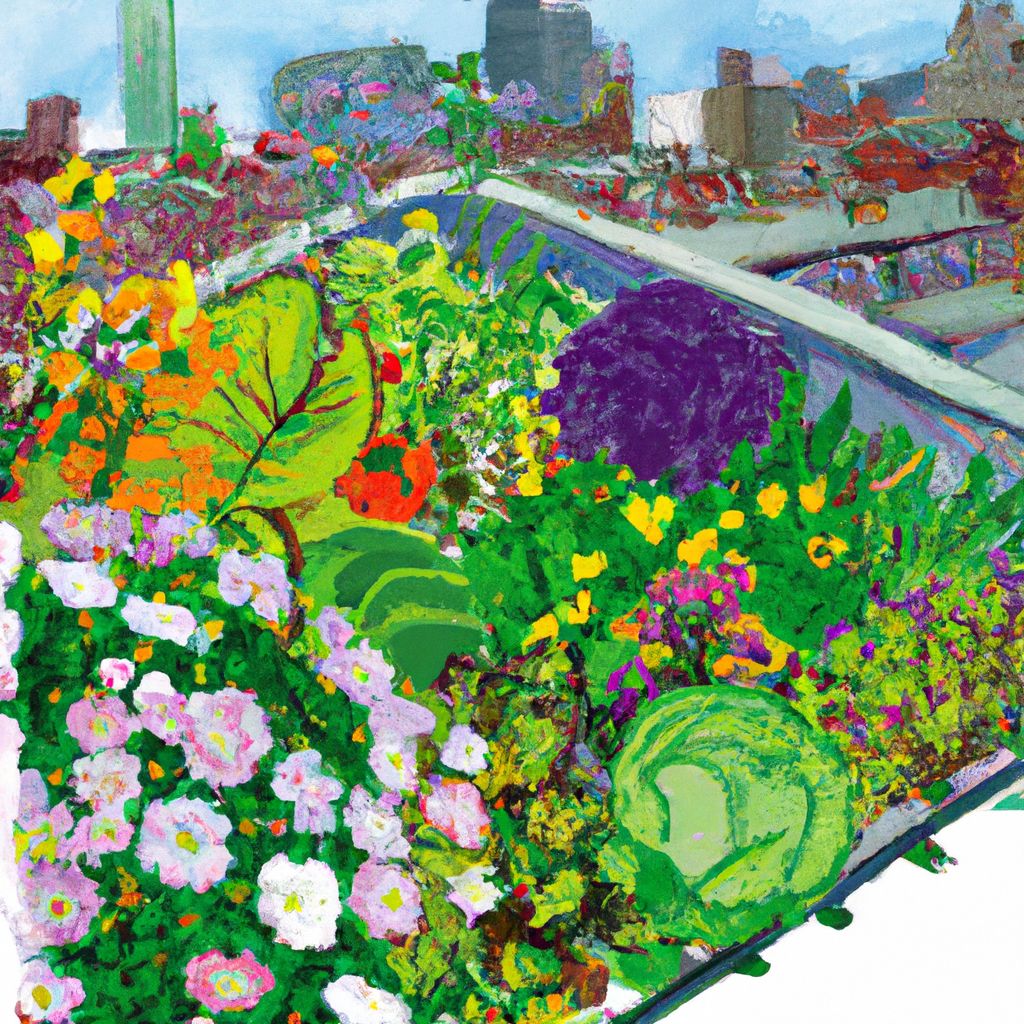- Introduction to Urban Gardening
- The Environmental Benefits of Urban Gardening
- Health and Wellness Benefits of Urban Gardening
- Social Benefits of Urban Gardening
- Economic Benefits of Urban Gardening
- Challenges and Solutions in Urban Gardening
- Conclusion: The Future of Urban Gardening
Introduction to Urban Gardening
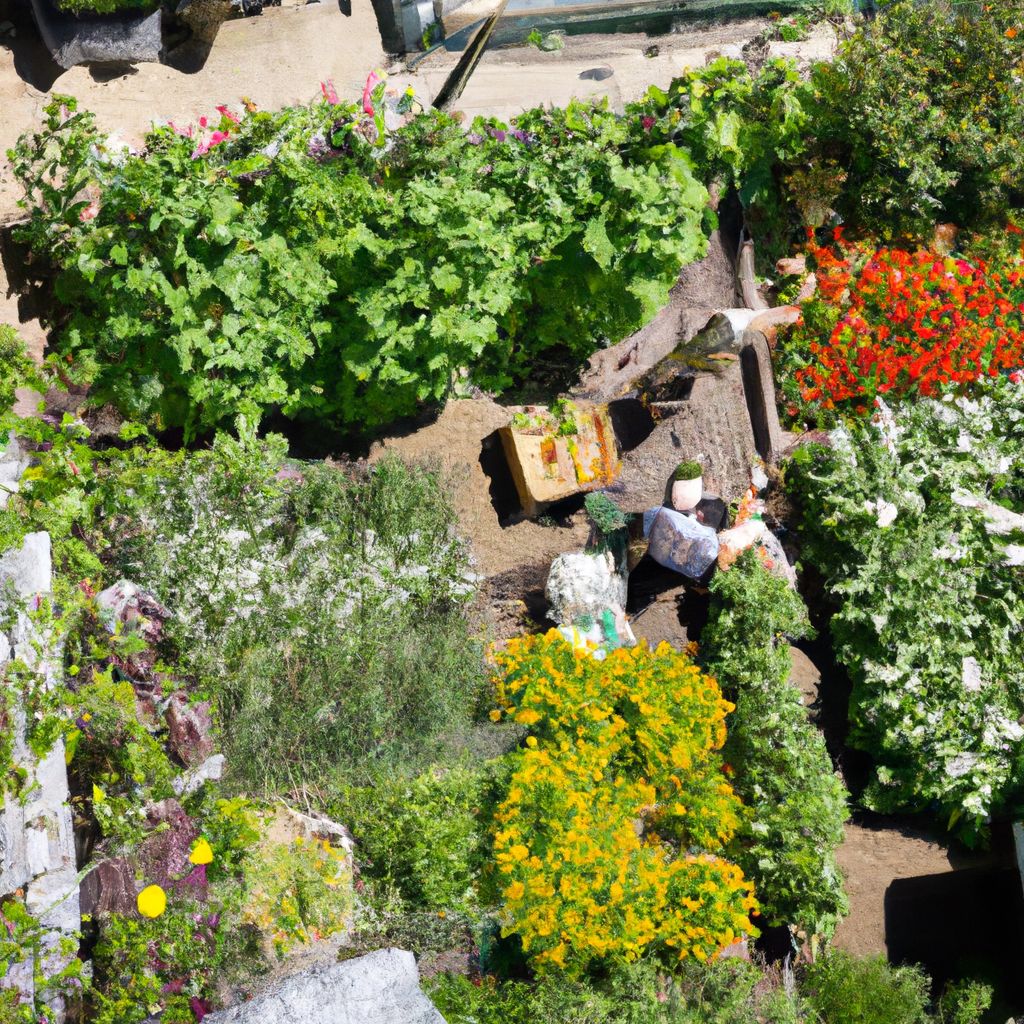
Urban gardening, also known as urban horticulture or urban agriculture, encompasses a diverse array of practices and interests centered around the cultivation, processing, and distribution of food in urban areas. From rooftop gardens to community plots, urban gardens are transforming city landscapes, improving food security, and enhancing the well-being of countless city-dwellers.
The evolution of urban gardening is a testament to the adaptability and resilience of human societies. As early as the 1890s, urban gardening was employed in Detroit to combat the economic depression. Fast forward to the 1970s, urban gardening saw a resurgence in response to the economic downturn and increased public concern about environmental issues. Today, the rise of urban gardening reflects our growing understanding of food systems, climate change, and the importance of sustainable living.
Current trends in urban gardening are shaped by technological advancements and a renewed commitment to sustainability. Hydroponic systems, vertical gardening, and smart gardening technologies are revolutionizing the way we grow food in urban environments. At the same time, community gardens and the local food movement continue to thrive, promoting social cohesion and food justice.
The increasing popularity of urban gardening is a response to several converging factors. Firstly, there's a growing awareness of the environmental impact of conventional agriculture, prompting many to seek out more sustainable ways to grow and consume food. Secondly, urban gardening provides an opportunity for city-dwellers to reconnect with nature, promoting mental health and well-being. Lastly, urban gardening is a powerful tool for community building, fostering connections among individuals and groups who share a common interest in gardening and local food production.
The Environmental Benefits of Urban Gardening

Urban gardening is an effective means of mitigating the impact of human activity on the environment. One of the major environmental benefits of urban gardening is its ability to reduce the carbon footprint of our food systems. By growing food locally, we can significantly cut down on the greenhouse gas emissions associated with transporting food from farm to plate.
In addition to reducing carbon emissions, urban gardens can also promote biodiversity. A diverse array of plants, insects, birds, and other wildlife can thrive in well-maintained urban gardens, contributing to the ecological health of urban areas. This is particularly important in cities, which often lack green spaces that support biodiversity.
Composting is another environmental benefit of urban gardening. Many urban gardeners compost their organic waste, turning food scraps and yard waste into nutrient-rich soil. This not only reduces the amount of waste that ends up in landfills but also improves soil health and productivity.
| Benefit | Description |
|---|---|
| Reduces carbon footprint | By growing food locally, transportation-related emissions can be significantly reduced. |
| Promotes biodiversity | Urban gardens can support a diverse array of plants and wildlife, contributing to the ecological health of cities. |
| Reduces waste through composting | Composting organic waste can reduce landfill waste and improve soil health and productivity. |
Moreover, urban gardens can contribute to urban cooling, helping to combat the urban heat island effect. Plants absorb sunlight and release moisture into the air through a process called transpiration, which can help to cool the surrounding environment.
Lastly, urban gardens can play a significant role in stormwater management. By absorbing rainwater, plants can help to reduce runoff and prevent flooding. This is particularly valuable in cities, where paved surfaces often prevent rainwater from being absorbed into the ground.
Health and Wellness Benefits of Urban Gardening
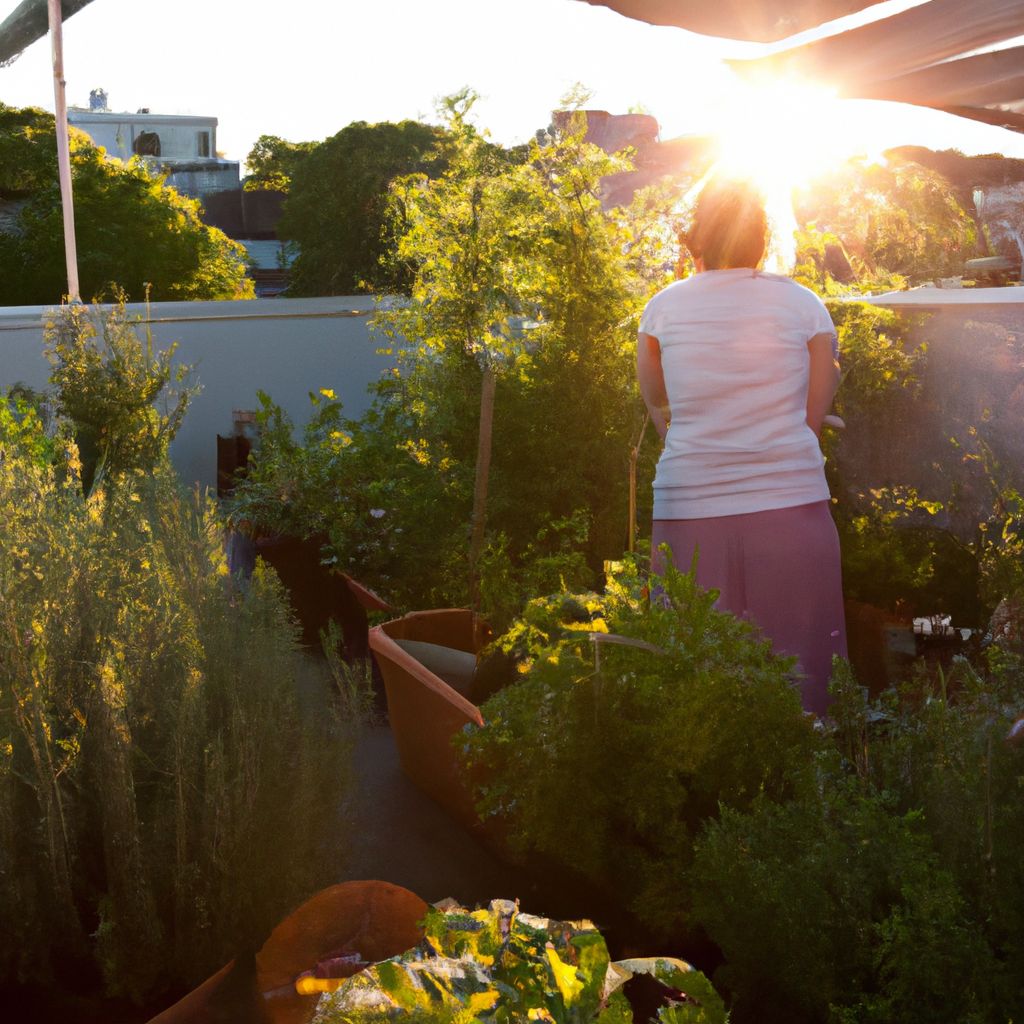
Aside from its environmental benefits, urban gardening also has significant implications for health and wellness. Cultivating plants in an urban setting can have a profound impact on both physical and mental health, offering a restorative escape from the hustle and bustle of city life.
One of the most immediate health benefits of urban gardening is the promotion of healthier eating habits. When people grow their own fruits and vegetables, they are more likely to consume a diet rich in fresh produce. This can lead to improved nutrition and a reduced risk of chronic diseases like obesity, diabetes, and heart disease.
Urban gardening also provides an opportunity for regular physical exercise. Gardening activities such as digging, planting, weeding, and watering engage various muscle groups and can improve strength, endurance, and flexibility. According to the Centers for Disease Control and Prevention, gardening can be considered a moderate-intensity level activity, which can help to maintain a healthy weight and reduce the risk of various health conditions.
"Gardening is a healthy, stimulating physical activity that can be enjoyed by people of all ages."
Furthermore, urban gardening has been shown to promote stress relief and mental well-being. The process of nurturing plants, observing their growth, and immersing oneself in nature can have a calming effect and help to alleviate stress. A study published in the Journal of Health Psychology found that gardening can lower cortisol levels, a hormone associated with stress.
- Healthier eating habits
- Urban gardening promotes the consumption of fresh, locally grown fruits and vegetables, leading to better nutrition and disease prevention.
- Physical exercise
- Gardening activities provide a form of moderate-intensity physical exercise that can improve strength, endurance, and flexibility.
- Stress relief
- Gardening can have a calming effect and help to alleviate stress, contributing to improved mental well-being.
Social Benefits of Urban Gardening
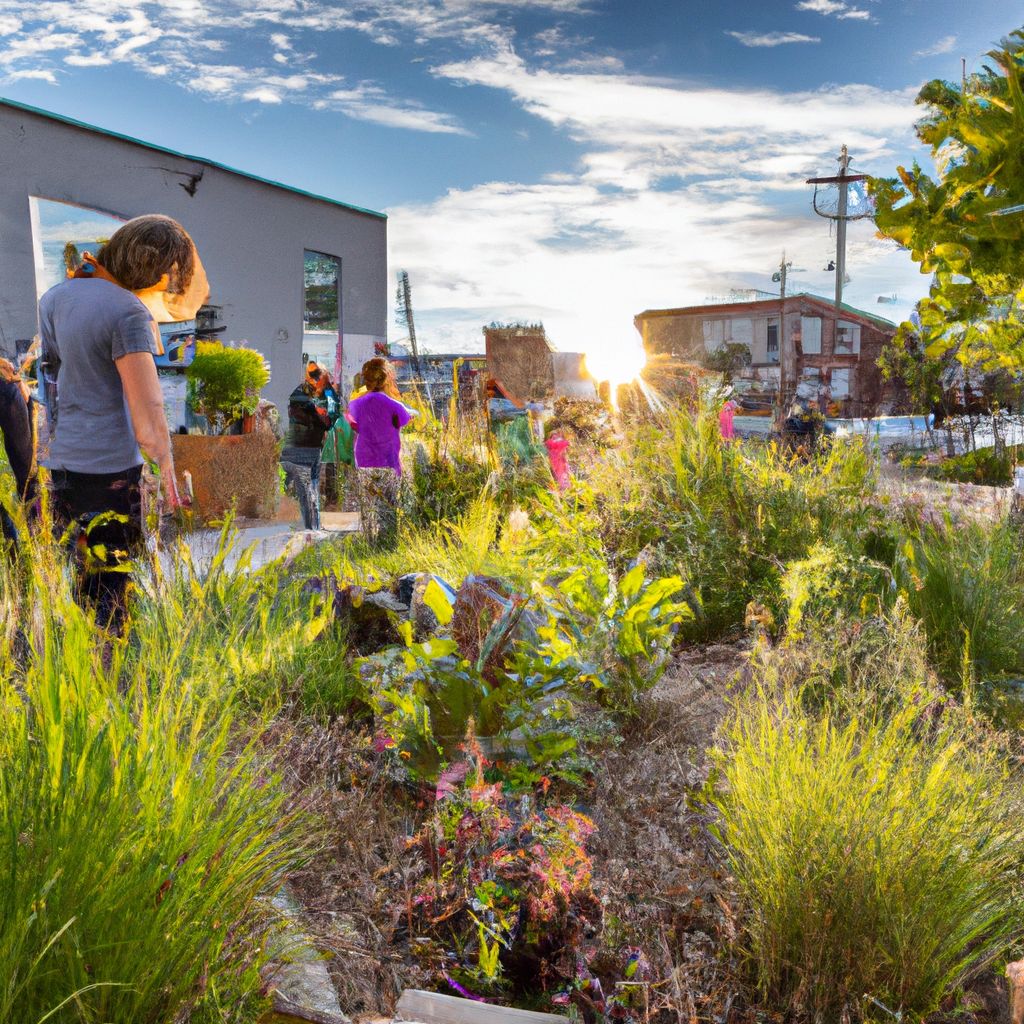
Urban gardening is more than just a hobby or a sustainable way to produce food. It's also a powerful tool for social change. By transforming underused urban spaces into vibrant green areas, urban gardening can foster community relationships, boost local economies, and provide educational opportunities.
Firstly, urban gardens can serve as common grounds that foster community relationships. They offer a venue for people from diverse backgrounds to interact, share knowledge, and work together towards a common goal. Successful community gardens, like the P-Patch Community Gardening Program in Seattle or the Incredible Edible project in Todmorden, UK, exemplify how urban gardening can bring communities together and promote social cohesion.
Urban gardening can also boost local economies. When urban gardens are market-oriented, they can provide fresh, locally grown produce to the community while generating income for gardeners. For instance, the Jones Valley Teaching Farm in Birmingham, Alabama, sells its produce at local farmers' markets, contributing to the local economy and promoting food security.
Furthermore, urban gardens can provide valuable educational opportunities. They can serve as open-air classrooms where people of all ages can learn about plants, ecology, nutrition, and sustainability. The Edible Schoolyard Project in Berkeley, California, for example, uses its garden and kitchen as interactive classrooms for students, integrating gardening and cooking into the academic curriculum.
- Fostering community relationships
- Urban gardens can serve as common grounds for community interaction, promoting social cohesion.
- Boosting local economies
- Market-oriented urban gardens can generate income, contribute to local economies, and promote food security.
- Providing educational opportunities
- Urban gardens can serve as open-air classrooms for learning about plants, ecology, nutrition, and sustainability.
Economic Benefits of Urban Gardening
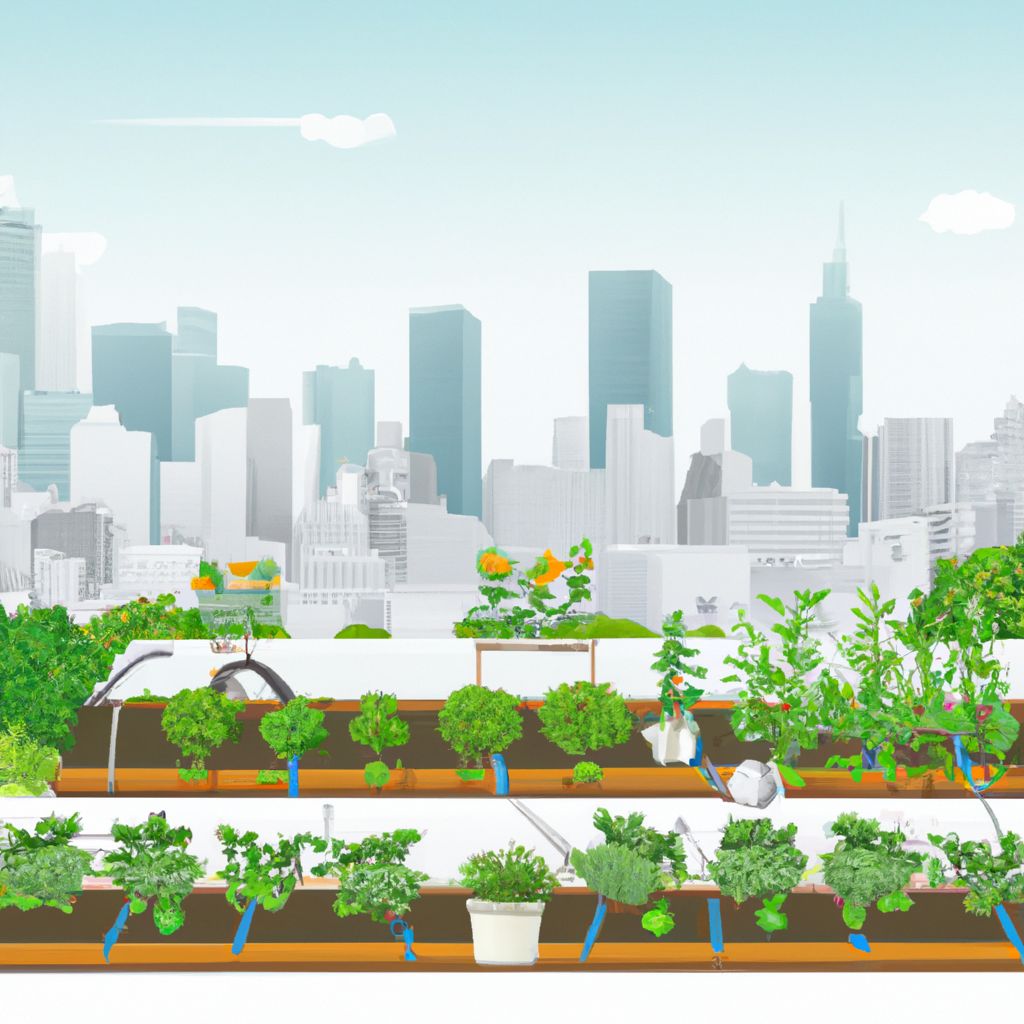
The economic benefits of urban gardening are often overlooked, but they can be substantial. Urban gardening can provide both financial savings and potential income opportunities, making it an economically viable activity for many city dwellers.
Firstly, urban gardening can lead to significant financial savings. Growing your own fruits, vegetables, herbs, and spices can drastically reduce your grocery bills. According to a study by the National Gardening Association, the average family with a garden spends $70 a year on it and grows an estimated $600 worth of produce.
Moreover, urban gardening can provide potential income opportunities. Surplus produce can be sold at farmers’ markets, to local restaurants, or directly to consumers. Some urban gardeners have even turned their passion into profitable businesses by specializing in high-demand crops like organic vegetables, edible flowers, or rare herbs.
Starting a profitable urban garden, however, requires careful planning and strategizing. Here are a few tips:
- Choose high-value crops: Certain crops like herbs, gourmet vegetables, and specialty fruits can fetch higher prices in the market. Research what's in demand in your local area and choose your crops accordingly.
- Maximize your space: Utilize vertical gardening techniques, intercropping, and succession planting to get the most out of your limited urban space.
- Minimize costs: Use composting and organic waste to improve your soil fertility instead of relying on expensive, store-bought fertilizers.
- Market your produce: Develop a marketing strategy that includes branding, packaging, and direct sales to local consumers.
With careful planning and management, urban gardening can be a rewarding activity that not only provides fresh, locally grown produce, but also contributes to a healthier wallet.
Challenges and Solutions in Urban Gardening
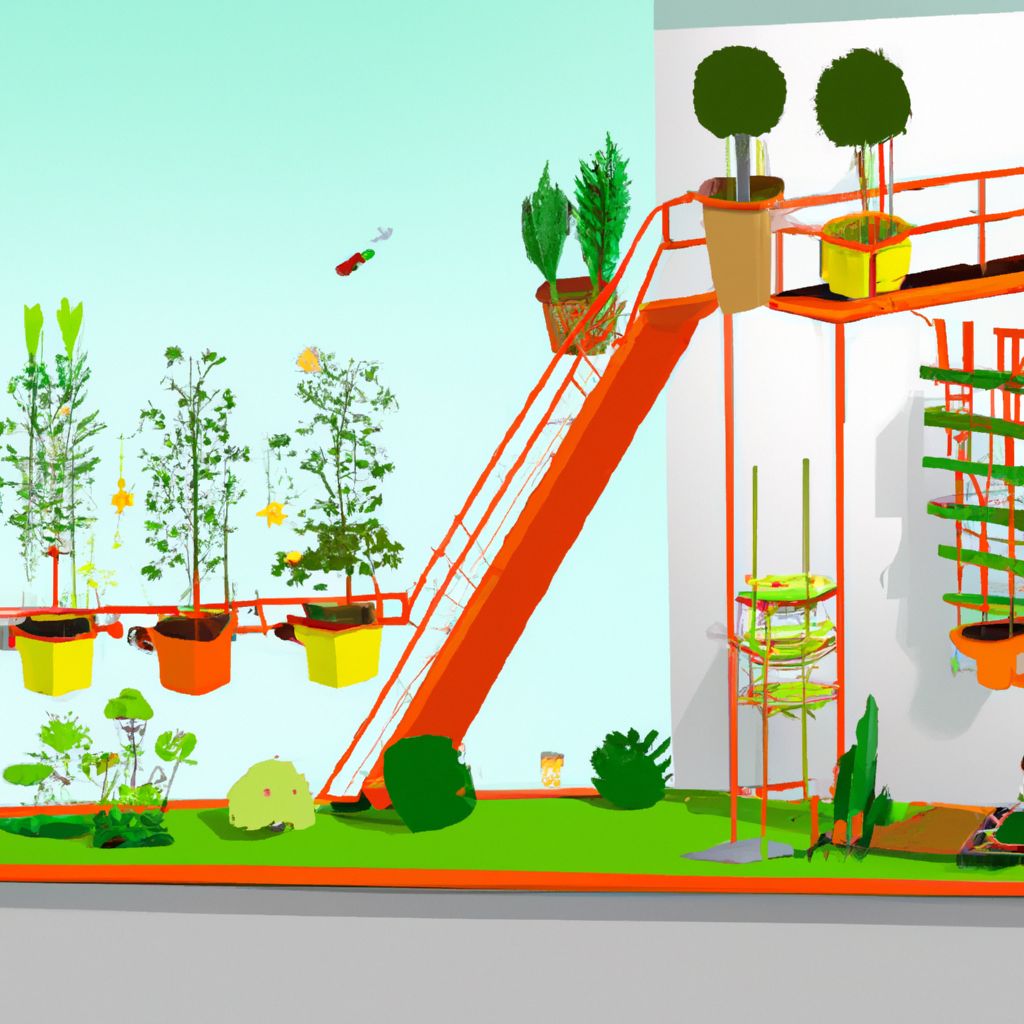
While urban gardening offers numerous benefits, it also comes with its own set of challenges. Common obstacles include limited space, poor soil quality, and lack of sunlight. However, with innovative gardening techniques and practical solutions, these can be effectively managed.
Limited Space: One of the major challenges in urban gardening is the lack of space. However, this can be overcome with the use of innovative gardening techniques like vertical gardening, container gardening, and trellising. Vertical gardening, for example, involves growing plants on vertical supports, allowing gardeners to maximize their growing space.
Poor Soil Quality: Urban soil is often contaminated and lacking in nutrients. A practical solution is to use raised beds filled with high-quality garden soil and compost. Composting kitchen and garden waste can also help improve soil fertility over time.
Lack of Sunlight: Many urban gardens don't get enough sunlight due to tall buildings and narrow streets. The solution is to choose shade-tolerant plants or use reflective surfaces to increase light availability. Additionally, new technologies like indoor gardening systems with LED lights can provide plants with the necessary light they need to grow.
- Limited Space
- Solution: Use innovative gardening techniques like vertical gardening, container gardening, and trellising.
- Poor Soil Quality
- Solution: Use raised beds with high-quality garden soil and compost. Implement composting to improve soil fertility.
- Lack of Sunlight
- Solution: Choose shade-tolerant plants, use reflective surfaces, or consider indoor gardening systems with LED lights.
Despite these challenges, urban gardening continues to thrive due to the resilience, creativity, and commitment of urban gardeners. With the right techniques and solutions, these obstacles can be turned into opportunities for innovative gardening practices.
Conclusion: The Future of Urban Gardening
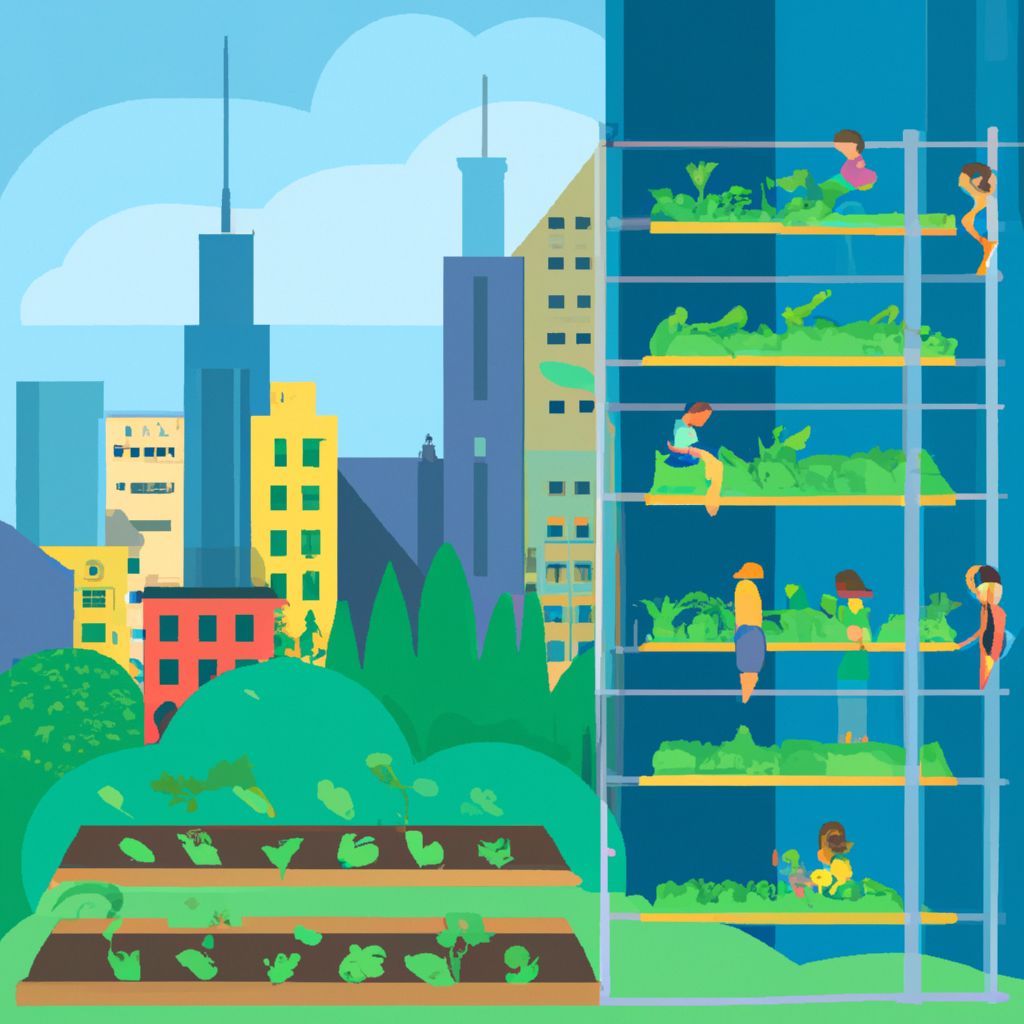
The potential of urban gardening to address some of our most pressing challenges cannot be overstated. As cities around the world grapple with the issues of food security and climate change, urban gardening emerges as a promising solution.
Urban gardening can play a pivotal role in promoting food security in cities. By growing food locally, we can reduce our dependence on long-distance food supply chains and make fresh, nutritious produce more accessible to urban residents. In the face of a changing climate, urban gardens can also contribute to food resilience by diversifying local food sources.
In terms of addressing climate change, urban gardens are part of the solution. They can reduce carbon emissions, improve air quality, and mitigate the urban heat island effect. Moreover, urban gardens can play a role in sequestering carbon, reducing our overall carbon footprint and contributing to climate change mitigation efforts.
But the future of urban gardening depends on all of us. Whether you're an experienced gardener or a curious beginner, there's a place for you in the urban gardening movement. You can start small, with a few pots on your balcony or a small plot in a community garden. Every plant counts, and together we can make our cities greener, healthier, and more resilient.
So why not give urban gardening a try? It's a rewarding activity that benefits not just you, but your community and the planet as well. Let's grow together towards a more sustainable future.


